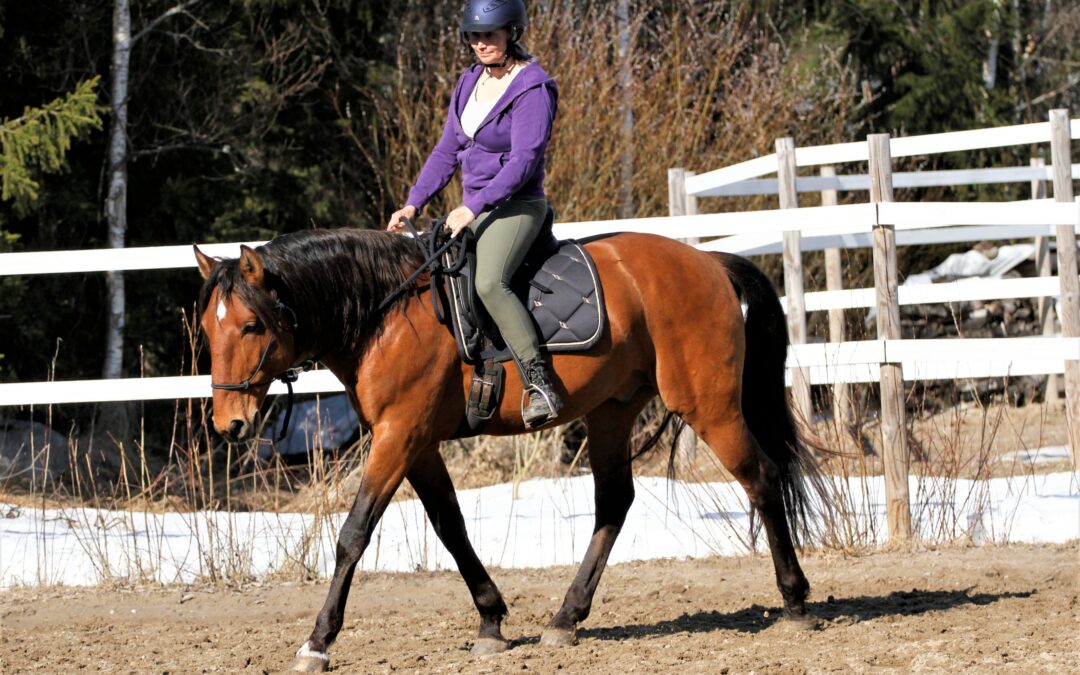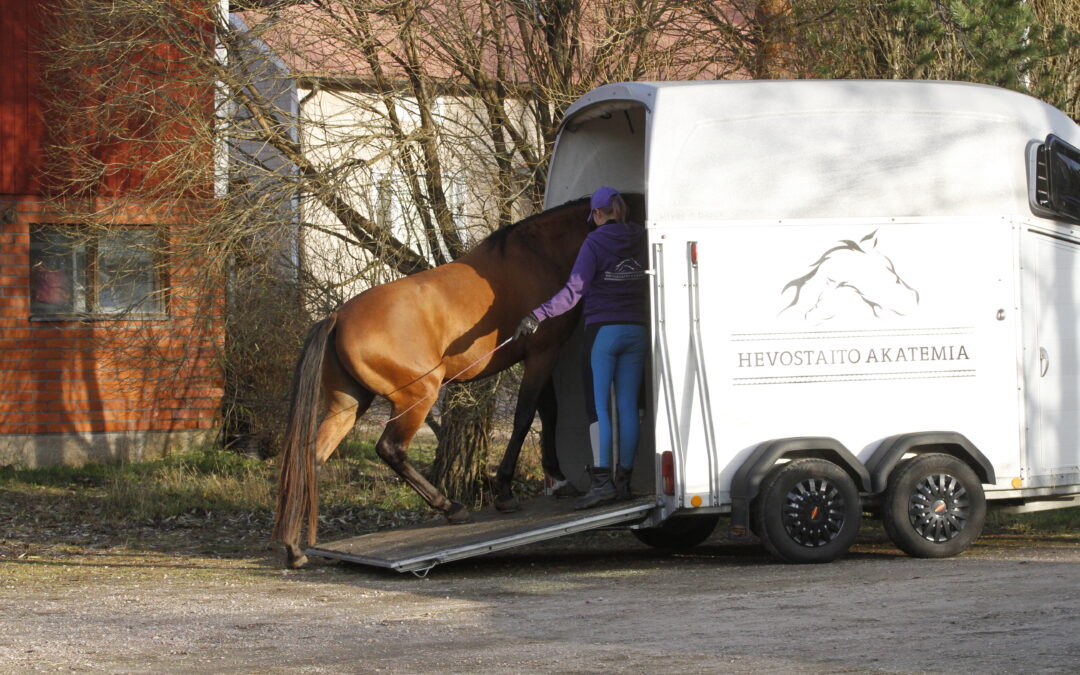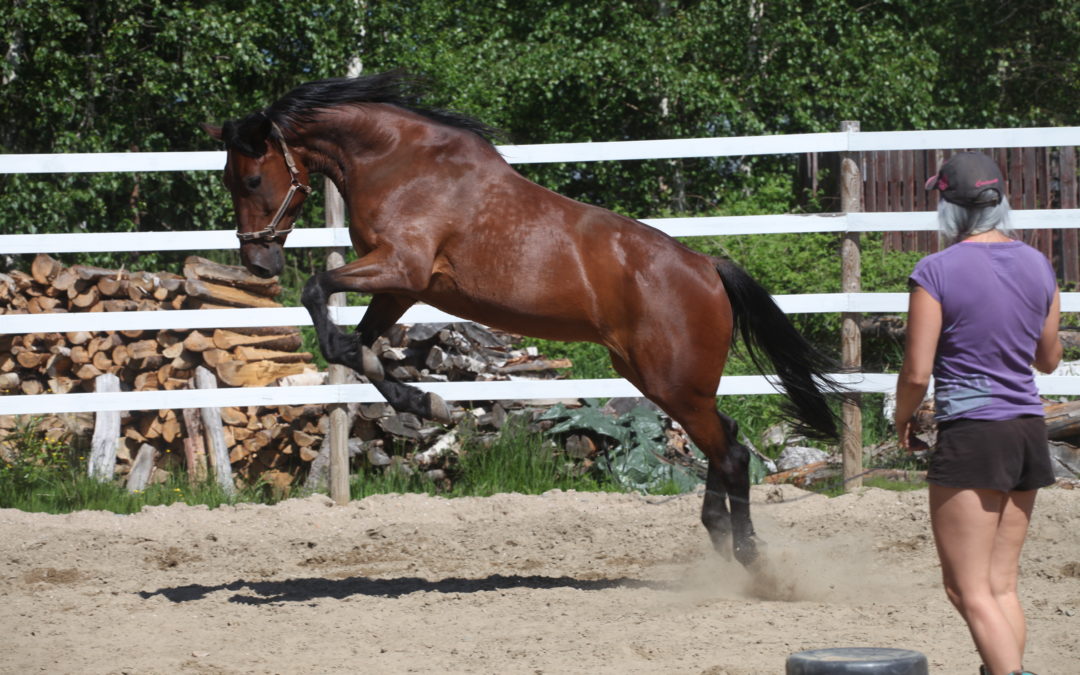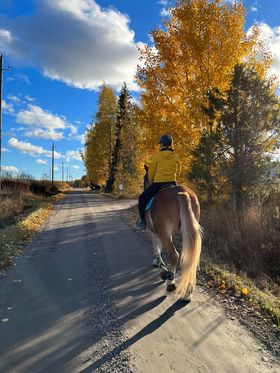Here is a saddle that had caused pain points in the horse’s back. The fault is shown in the figure. Can you find it?
You can examine the condition of the saddles yourself.
For example, you can do these things easily and quickly:
✨ Checking the body by trying to twist the body by supporting the back arch against your body and pulling the front arch towards you. Very little movement can come from some of the saddles (depending on the body material), but bigger movement / folding or wear in the seat from flexing the saddle are a bad sign.
✨Check the symmetry of the panels. See the angle shown in the illustration. The panels should be symmetrical all the way.
✨ Try padding on the saddle panels with the palm of your hand. Apply a little pressure and slide your hand through the entire panels. Are the paddings hard or soft? Are there bumps or asymmetries between the sides?
Note that panels are harder and smaller in show jumping saddles than in dressage saddles. In dressage saddles padding should be flexible, not hard. Of course, there shouldn’t be any bumbs or other asymmetries.
If you notice problems, a saddler can examine the saddle more closely or pad it again.
*****
In this saddle you can even see a bumb in the middle of the panels. They are felt on both sides, although they are better visible in the image on the left. I also noticed the problem when I examined the horse’s back.
Because of these I took the saddle to the saddler for inspection. She found that panels, the anterior and posterior had overlapped due to the anteriors being emptied and formed bumbs on both sides at the junction.
In addition, the lack of air in the front air panels causes asymmetry and could already cause problems for the horse.
Especially if you’re buying a saddle, it’s worth checking these things.
😊🙏 Monitor the condition of paddings anyway.




